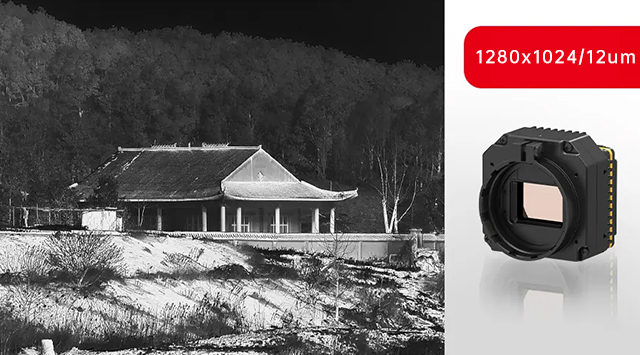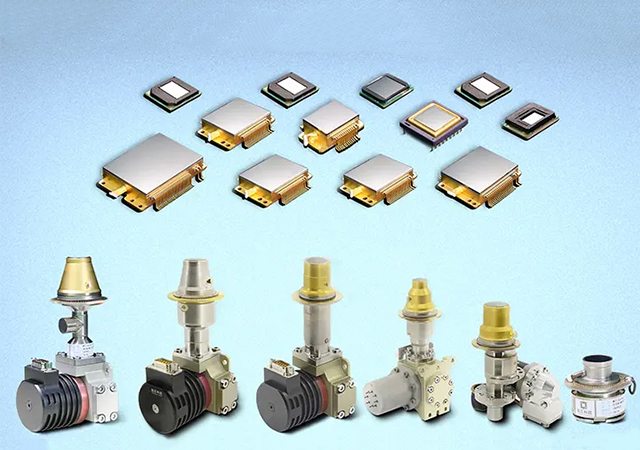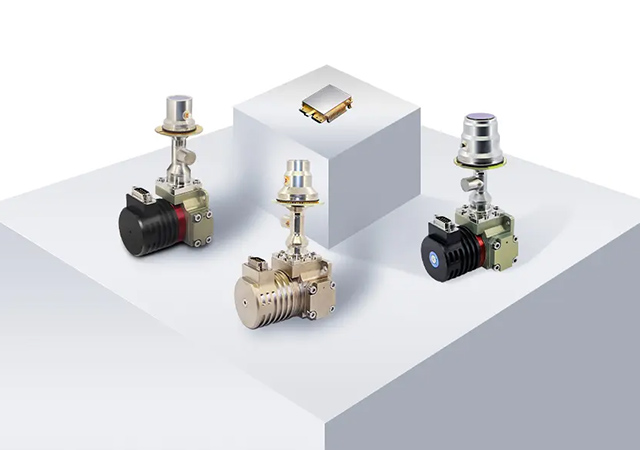The imaging principle of infrared thermography is based on the infrared radiation emitted by objects, which is imaged on the focal plane through an optical system. The photosensitive device converts the received light signal into an electrical signal, which is then processed and sent to the display system for image formation.

Each pixel in the infrared focal plane array corresponds to a sensitive element, which is key to detecting objects in the entire field of view. In terms of different classifications, infrared focal plane arrays can be divided into cooled and uncooled types. Based on different interaction principles between light radiation and matter, they can be classified into photon detectors and thermal detectors. According to different wavelengths, they can be classified into short-wave, mid-wave, and long-wave.

Infrared focal plane arrays have been widely used in security monitoring, industrial, outdoor night vision, and other fields, with enormous market potential and application prospects. The future development directions of infrared focal plane arrays mainly include the following aspects:
Firstly, large format arrays. By increasing the number of photosensitive elements, higher resolution and wider field of view can be achieved to meet the requirements of different application scenarios for details and coverage.
Secondly, miniaturization. Being lightweight and easy to carry is an important development direction. By optimizing design and structures, the size of the devices can be reduced to improve portability.
Thirdly, dual-color and multispectral capabilities. By using multiple filters of different wavelengths on the photosensitive elements, detection of different infrared radiation bands can be achieved, improving the sensitivity and adaptability of the detector.
Fourthly, high-temperature operation. Researching new materials and fabrication processes to enhance the performance stability and reliability of detectors under high-temperature conditions.
Lastly, intelligence. With the development of artificial intelligence and big data technologies, infrared thermography can be combined with other sensors and data processing systems to achieve more precise and intelligent night vision observation and infrared temperature measurement capabilities.

Go Top